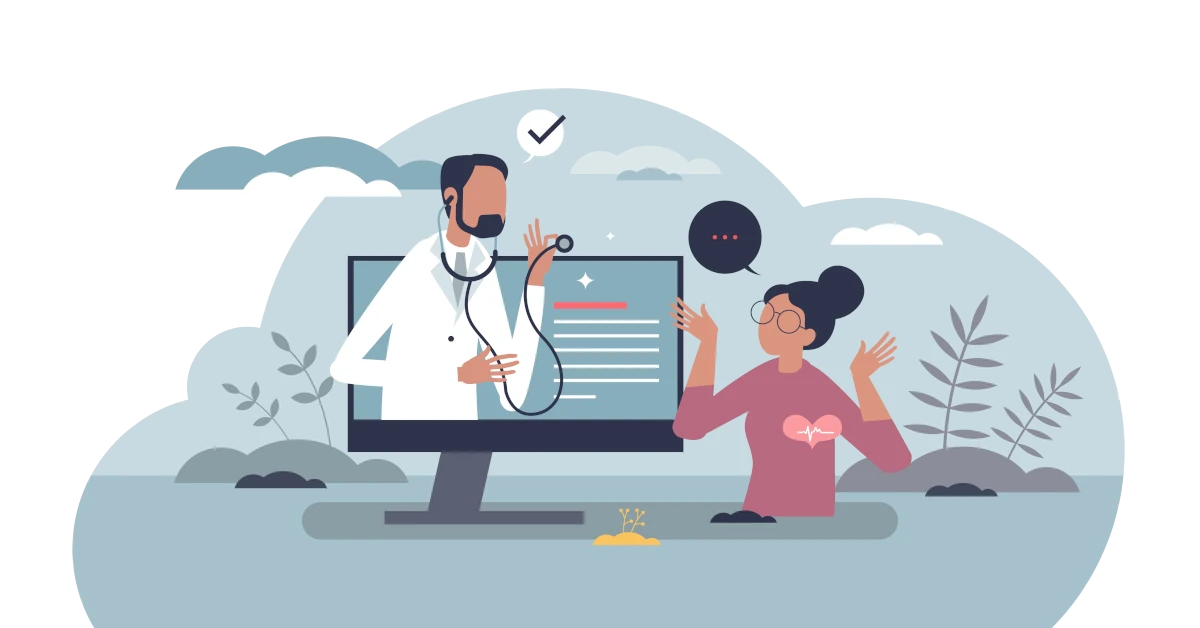Varicose Veins
Varicose veins are enlarged, twisted, and swollen veins that often appear on the legs and feet due to weakened or damaged valves in the veins, leading to poor blood flow and pooling.

Symptoms
- Visible, bulging, twisted veins (usually in the legs)
- Heaviness or aching sensation in the legs
- Swelling in the lower legs and ankles
- Itching or burning sensation over the vein
- Leg cramps, especially at night
Causes & Risk Factors
- Weak or damaged vein valves
- Prolonged standing or sitting
- Obesity or excess body weight
- Pregnancy and hormonal changes
- Family history of varicose veins
- Aging and reduced vein elasticity
Diagnosis
- Physical examination of visible veins
- Duplex ultrasound to assess blood flow and valve function
- Venogram in rare, complex cases
Effective Treatment Options
- Compression stockings to improve circulation
- Leg elevation and movement to reduce pooling
- Exercise and weight management
- Physiotherapy to improve venous return and reduce swelling
- Sclerotherapy, laser therapy, or surgical options for severe cases
Frequently Asked Questions
Can physiotherapy help with varicose veins?
Yes, physiotherapy can improve circulation, reduce leg discomfort, and help prevent worsening of varicose veins through targeted exercises and education.
Are varicose veins dangerous?
They are usually not dangerous but can lead to complications like ulcers or blood clots if left untreated.
